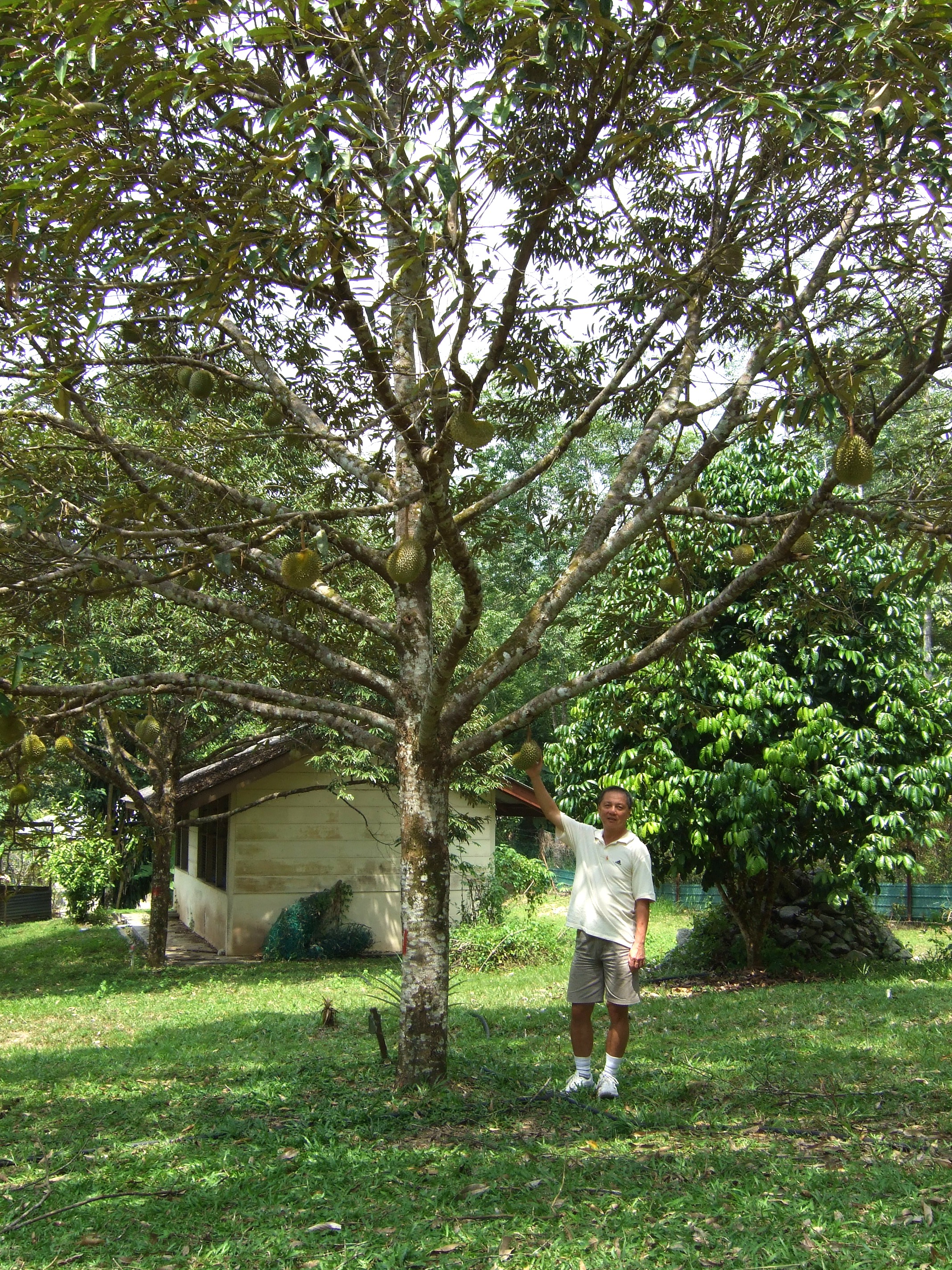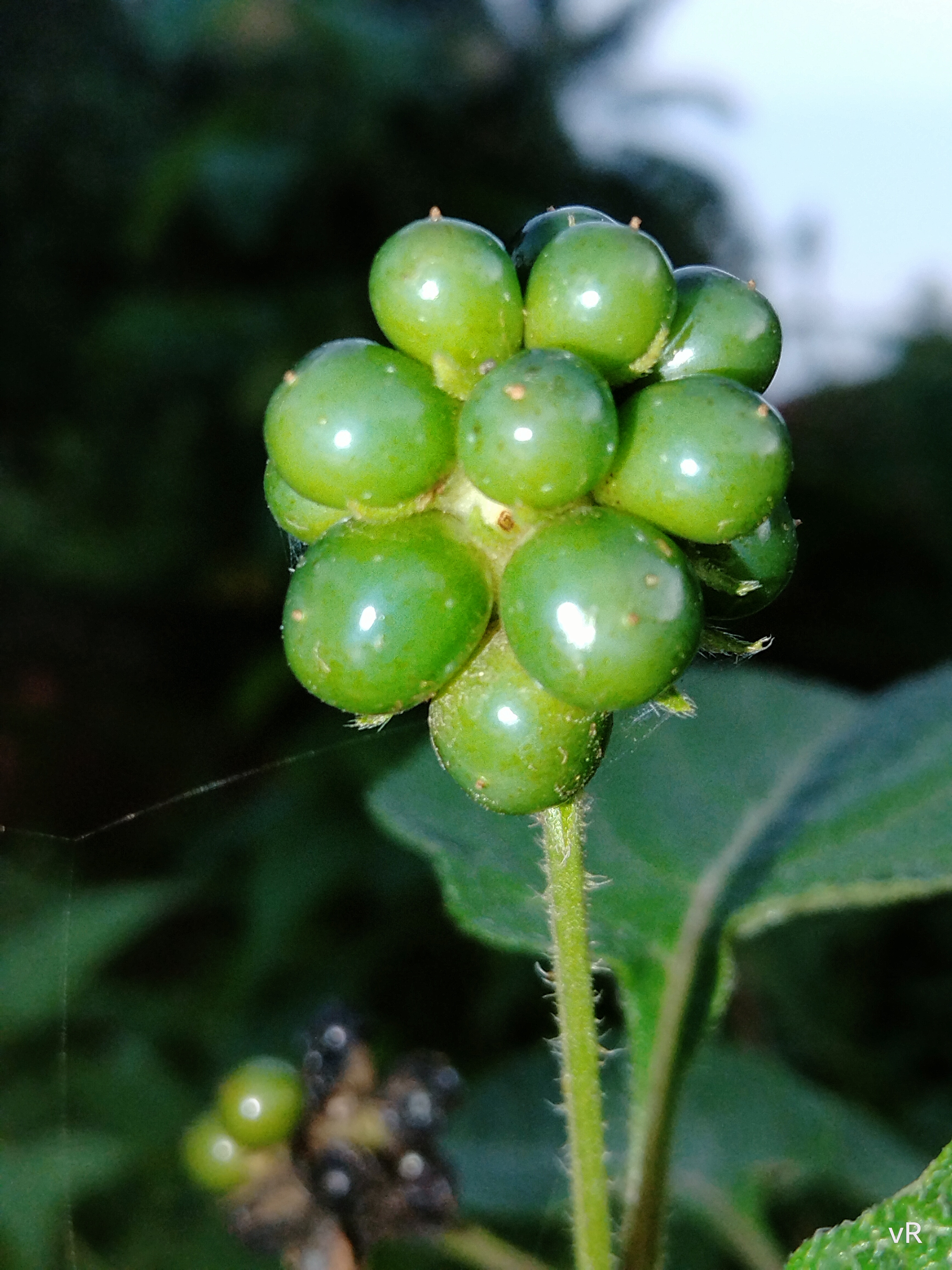|
Nola Analis
''Nola analis'' is a moth of the family Nolidae first described by Wileman and West in 1928. It is found in India, Sri Lanka and Hong Kong. Description The moth belongs to a complex group called ''internella'' group taxonomically, until Hampson made ''pascua'' and ''quadrimaculata'' as synonyms of ''internella''. In 1928 Wileman and West identified that ''analis'' is a separate species different ''pascua''. However, all three species very closely resemble each other externally. Observation of the genitals is necessary to differentiate ''Nola analis'' from ''N. quadrimaculata''. The male has yellowish hindwings, brownish hair-pencils and patches are associated with dorsum. A hair-pencil is enfolded in the dorsum. In tornus, underside has brownish scales. An irregular tri-arcuate submarginal present which defined sharply the darker distal area from paler basal area. Dark brownish raised scales are present on costa medially and antemedially. The caterpillar has a light yellowish b ... [...More Info...] [...Related Items...] OR: [Wikipedia] [Google] [Baidu] |
Moth
Moths are a paraphyletic group of insects that includes all members of the order Lepidoptera that are not butterflies, with moths making up the vast majority of the order. There are thought to be approximately 160,000 species of moth, many of which have yet to be described. Most species of moth are nocturnal, but there are also crepuscular and diurnal species. Differences between butterflies and moths While the butterflies form a monophyletic group, the moths, comprising the rest of the Lepidoptera, do not. Many attempts have been made to group the superfamilies of the Lepidoptera into natural groups, most of which fail because one of the two groups is not monophyletic: Microlepidoptera and Macrolepidoptera, Heterocera and Rhopalocera, Jugatae and Frenatae, Monotrysia and Ditrysia.Scoble, MJ 1995. The Lepidoptera: Form, function and diversity. Oxford, UK: Oxford University Press; 404 p. Although the rules for distinguishing moths from butterflies are not well est ... [...More Info...] [...Related Items...] OR: [Wikipedia] [Google] [Baidu] |
Mangifera
''Mangifera'' is a genus of flowering plants in the cashew family, Anacardiaceae. It contains approximately 69 species, with the best-known being the Common Mango ('' Mangifera indica''). The center of diversity of the genus is in the Malesian ecoregion of Southeast Asia; particularly in Sumatra, Borneo, and the Malay peninsula. They are generally canopy trees in lowland rainforests, reaching a height of . Uses ''Mangifera'' species are widely cultivated in Asia and elsewhere. More than 27 species in the genus bear edible, fleshy fruits, especially the Common Mango ('' M. indica''). Others, such as '' M. foetida'', yield astringent fruits that can be eaten pickled. Mango wastes, such as the seed kernel and peel, have high functional and nutritional potential. Mango seed contains important bioactive compounds that have high antioxidant activity, lipids that have acceptable physical and chemical characteristics (free of trans fatty acids), and a high protein content. The mango pee ... [...More Info...] [...Related Items...] OR: [Wikipedia] [Google] [Baidu] |
Moths Of Asia
Moths are a paraphyletic group of insects that includes all members of the order Lepidoptera that are not butterflies, with moths making up the vast majority of the order. There are thought to be approximately 160,000 species of moth, many of which have yet to be described. Most species of moth are nocturnal, but there are also crepuscular and diurnal species. Differences between butterflies and moths While the butterflies form a monophyletic group, the moths, comprising the rest of the Lepidoptera, do not. Many attempts have been made to group the superfamilies of the Lepidoptera into natural groups, most of which fail because one of the two groups is not monophyletic: Microlepidoptera and Macrolepidoptera, Heterocera and Rhopalocera, Jugatae and Frenatae, Monotrysia and Ditrysia.Scoble, MJ 1995. The Lepidoptera: Form, function and diversity. Oxford, UK: Oxford University Press; 404 p. Although the rules for distinguishing moths from butterflies are not well establishe ... [...More Info...] [...Related Items...] OR: [Wikipedia] [Google] [Baidu] |
Nephelium
''Nephelium'' is a genus of about 25 species of flowering plants in the family Sapindaceae, native to southeastern Asia. They are evergreen trees with pinnately compound leaves, and edible drupaceous fruit; one species, ''N. lappaceum'' (rambutan) is commercially important for its fruit. The genus is closely related to ''Litchi'' and ''Dimocarpus ''Dimocarpus'' is a genus of about 20 species of trees or shrubs known to science, constituting part of the flowering plant family Sapindaceae. They grow naturally in tropical south and Southeast Asia, Malesia, Papuasia and Australasia, includi ...''. ;Selected species References External linksSorting ''Nephelium'' names * * [...More Info...] [...Related Items...] OR: [Wikipedia] [Google] [Baidu] |
Cajanus
The genus ''Cajanus'' is a member of the plant family Fabaceae. There are 37 species, mainly distributed across Africa, Asia and Australasia. Species include the pigeon pea (''C. cajan''), which is a significant food crop. ''Cajanus'' species are used as food plants by the larvae of some Lepidoptera species including '' Endoclita malabaricus''. Species include: *''Cajanus acutifolius'' *''Cajanus albicans'' *''Cajanus aromaticus'' *''Cajanus cajan'' - pigeon pea, Congo-pea *''Cajanus cinereus'' *''Cajanus confertiflorus'' *'' Cajanus crassicaulis'' *''Cajanus crassus'' *'' Cajanus elongatus'' *''Cajanus goensis'' *''Cajanus grandiflorus'' *''Cajanus kerstingii'' *''Cajanus lanceolatus'' *''Cajanus lanuginosus'' *''Cajanus latisepalus'' *''Cajanus mareebensis'' *''Cajanus marmoratus'' *''Cajanus mollis'' *''Cajanus platycarpus'' *''Cajanus pubescens'' *''Cajanus reticulatus'' *'' Cajanus scarabaeoides'' *''Cajanus sericeus'' *''Cajanus viscidus'' References External links ... [...More Info...] [...Related Items...] OR: [Wikipedia] [Google] [Baidu] |
Acacia
''Acacia'', commonly known as the wattles or acacias, is a large genus of shrubs and trees in the subfamily Mimosoideae of the pea family Fabaceae. Initially, it comprised a group of plant species native to Africa and Australasia. The genus name is New Latin, borrowed from the Greek (), a term used by Dioscorides for a preparation extracted from the leaves and fruit pods of '' Vachellia nilotica'', the original type of the genus. In his ''Pinax'' (1623), Gaspard Bauhin mentioned the Greek from Dioscorides as the origin of the Latin name. In the early 2000s it had become evident that the genus as it stood was not monophyletic and that several divergent lineages needed to be placed in separate genera. It turned out that one lineage comprising over 900 species mainly native to Australia, New Guinea, and Indonesia was not closely related to the much smaller group of African lineage that contained ''A. nilotica''—the type species. This meant that the Australasian lineag ... [...More Info...] [...Related Items...] OR: [Wikipedia] [Google] [Baidu] |
Sorghum
''Sorghum'' () is a genus of about 25 species of flowering plants in the grass family ( Poaceae). Some of these species are grown as cereals for human consumption and some in pastures for animals. One species is grown for grain, while many others are used as fodder plants, either cultivated in warm climates worldwide or naturalized in pasture lands. Taxonomy ''Sorghum'' is in the Poaceae (grass) subfamily Panicoideae and the tribe Andropogoneae (the same as maize, big bluestem and sugarcane). Species Accepted species recorded include: Distribution and habitat Seventeen of the 25 species are native to Australia, with the range of some extending to Africa, Asia, Mesoamerica, and certain islands in the Indian and Pacific Oceans. Toxicity In the early stages of the plants' growth, some species of sorghum can contain levels of hydrogen cyanide, hordenine, and nitrates, which are lethal to grazing animals. Plants stressed by drought or heat can also contain ... [...More Info...] [...Related Items...] OR: [Wikipedia] [Google] [Baidu] |
Pennisetum
''Pennisetum'' is a widespread genus of plants in the grass family, native to tropical and warm temperate regions of the world. They are known commonly as fountaingrasses (fountain grasses).''Pennisetum''. Integrated Taxonomic Information System (ITIS).''Pennisetum''. The Jepson eFlora 2013. ''Pennisetum'' is considered a synonym of '''' in 's |
Ricinus
''Ricinus communis'', the castor bean or castor oil plant, is a species of perennial flowering plant in the spurge family, Euphorbiaceae. It is the sole species in the monotypic genus, ''Ricinus'', and subtribe, Ricininae. The evolution of castor and its relation to other species are currently being studied using modern genetic tools. It reproduces with a mixed pollination system which favors selfing by geitonogamy but at the same time can be an out-crosser by anemophily (wind pollination) or entomophily (insect pollination). Its seed is the castor bean, which, despite its name, is not a bean (that is, the seed of many Fabaceae). Castor is indigenous to the southeastern Mediterranean Basin, Eastern Africa, and India, but is widespread throughout tropical regions (and widely grown elsewhere as an ornamental plant). Castor seed is the source of castor oil, which has a wide variety of uses. The seeds contain between 40% and 60% oil that is rich in triglycerides, mainly ricino ... [...More Info...] [...Related Items...] OR: [Wikipedia] [Google] [Baidu] |
Durio
The durian (, ) is the edible fruit of several tree species belonging to the genus ''Durio''. There are 30 recognised ''Durio'' species, at least nine of which produce edible fruit. ''Durio zibethinus'', native to Borneo and Sumatra, is the only species available in the international market. It has over 300 named varieties in Thailand and 100 in Malaysia, as of 1987. Other species are sold in their local regions. Durians are commonly associated with Southeast Asian cuisine, especially in Indonesia, Malaysia, Singapore, Thailand, Cambodia, Philippines, Bangladesh and Vietnam. Named in some regions as the "king of fruits", the durian is distinctive for its large size, strong odour, and thorn-covered rind. The fruit can grow as large as long and in diameter, and it typically weighs . Its shape ranges from oblong to round, the colour of its husk green to brown, and its flesh pale yellow to red, depending on the species. An acquired taste, some people regard the durian as having ... [...More Info...] [...Related Items...] OR: [Wikipedia] [Google] [Baidu] |
Lantana Camara
''Lantana camara'' (common lantana) is a species of flowering plant within the verbena family (Verbenaceae), native to the American tropics. It is a very adaptable species, which can inhabit a wide variety of ecosystems; once it has been introduced into a habitat it spreads rapidly; between 45ºN and 45ºS and more than in altitude. It has spread from its native range to around 50 countries, where it has become an invasive species. It first spread out of the Americas when it was brought to Europe by Dutch explorers and cultivated widely, soon spreading further into Asia and Oceania where it has established itself as a notorious weed, and in Goa it was introduced by the Portuguese. ''L. camara'' can outcompete native speci leading to a reduction in biodiversity. It can also cause problems if it invades agricultural areas as a result of its toxicity to livestock, as well as its ability to form dense thickets which, if left unchecked, can greatly reduce the productivity of farmlan ... [...More Info...] [...Related Items...] OR: [Wikipedia] [Google] [Baidu] |
Nolidae
Nolidae is a family of moths with about 1,700 described species worldwide. They are mostly small with dull coloration, the main distinguishing feature being a silk cocoon with a vertical exit slit. The group is sometimes known as tuft moths, after the tufts of raised scales on the forewings of two subfamilies, Nolinae and Collomeninae. The larvae also tend to have muted colors and tufts of short hairs. Formerly, this group was included in the Noctuidae. Subfamilies * Chloephorinae * Collomeninae * Eligminae * Nolinae * Risobinae Monotypic subfamilies * Afridinae – ''Afrida'' * Bleninae – '' Blenina'' * Diphtherinae – '' Diphthera'' (monotypic genus) * Eariadinae – '' Earias'' * Westermanniinae – ''Westermannia'' Genera ''incertae sedis'' The following genera Genus ( plural genera ) is a taxonomic rank used in the biological classification of living and fossil organisms as well as viruses. In the hierarchy of biological classification, genus comes abov ... [...More Info...] [...Related Items...] OR: [Wikipedia] [Google] [Baidu] |







